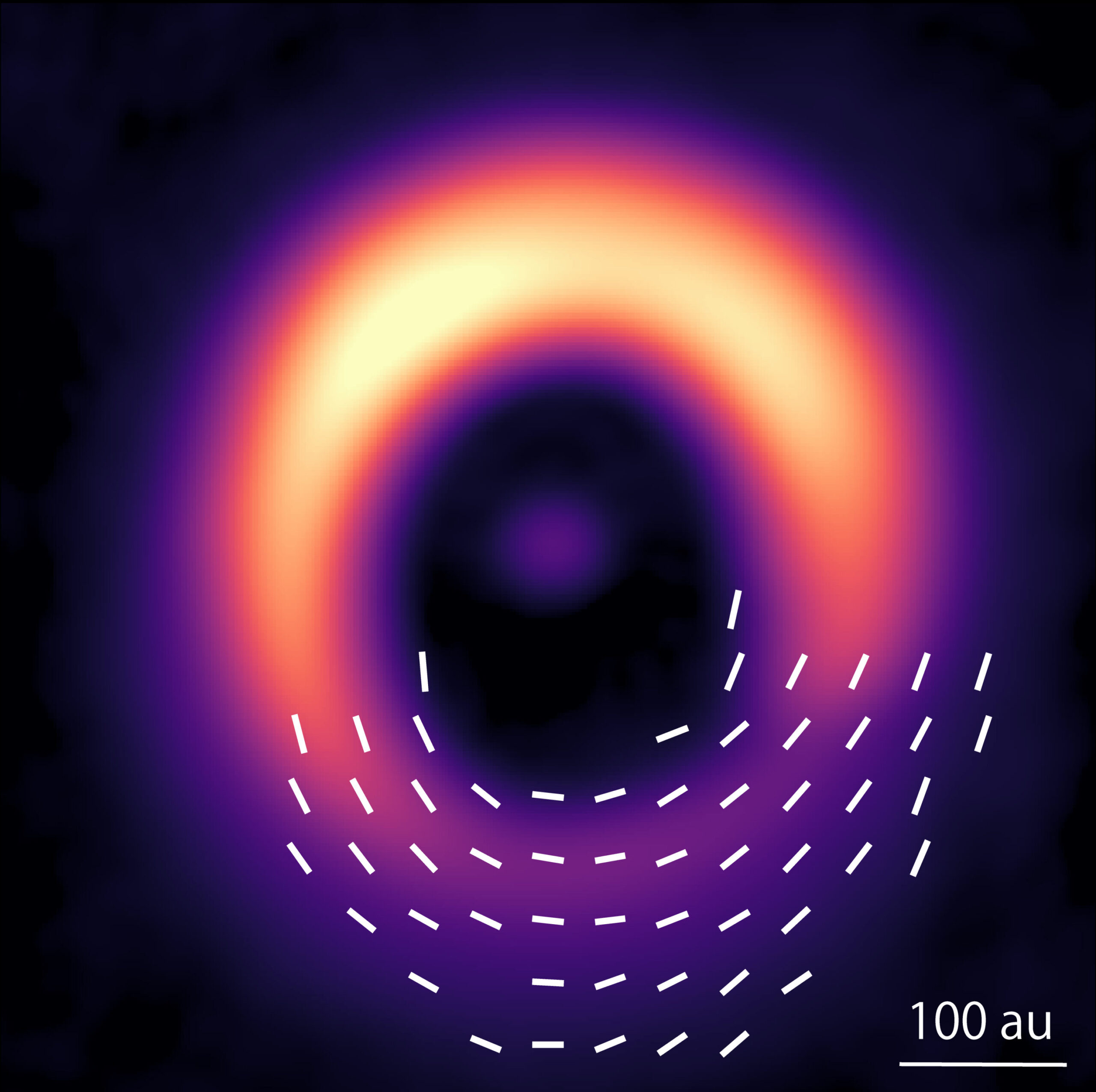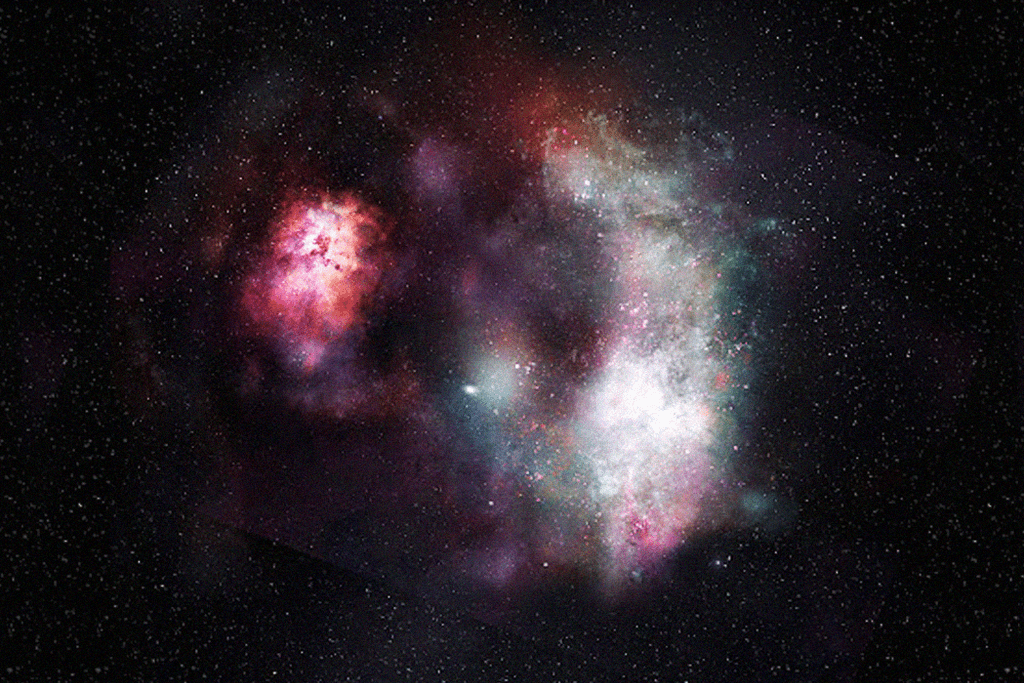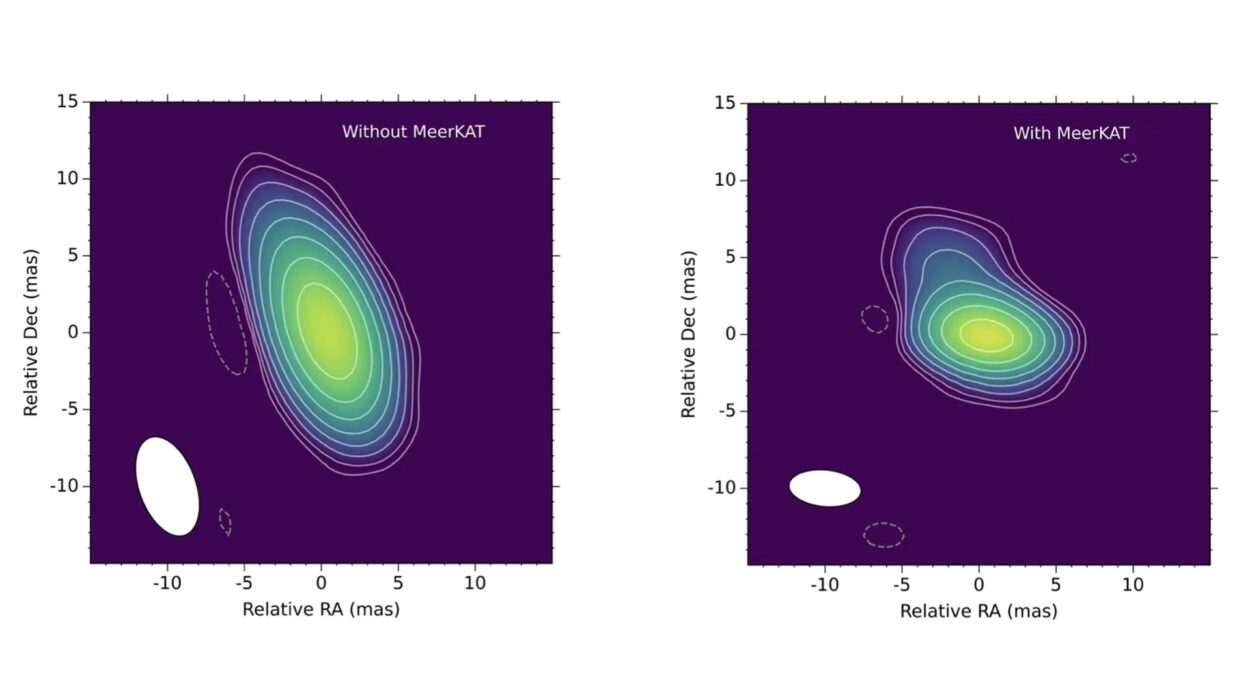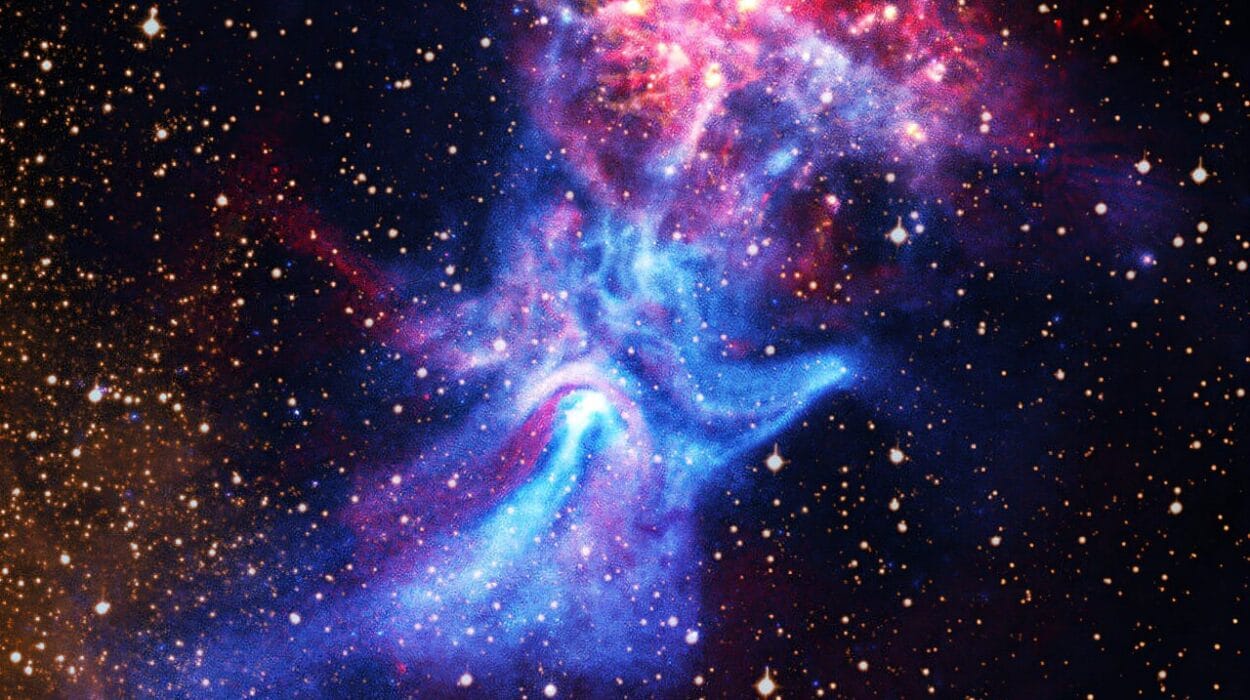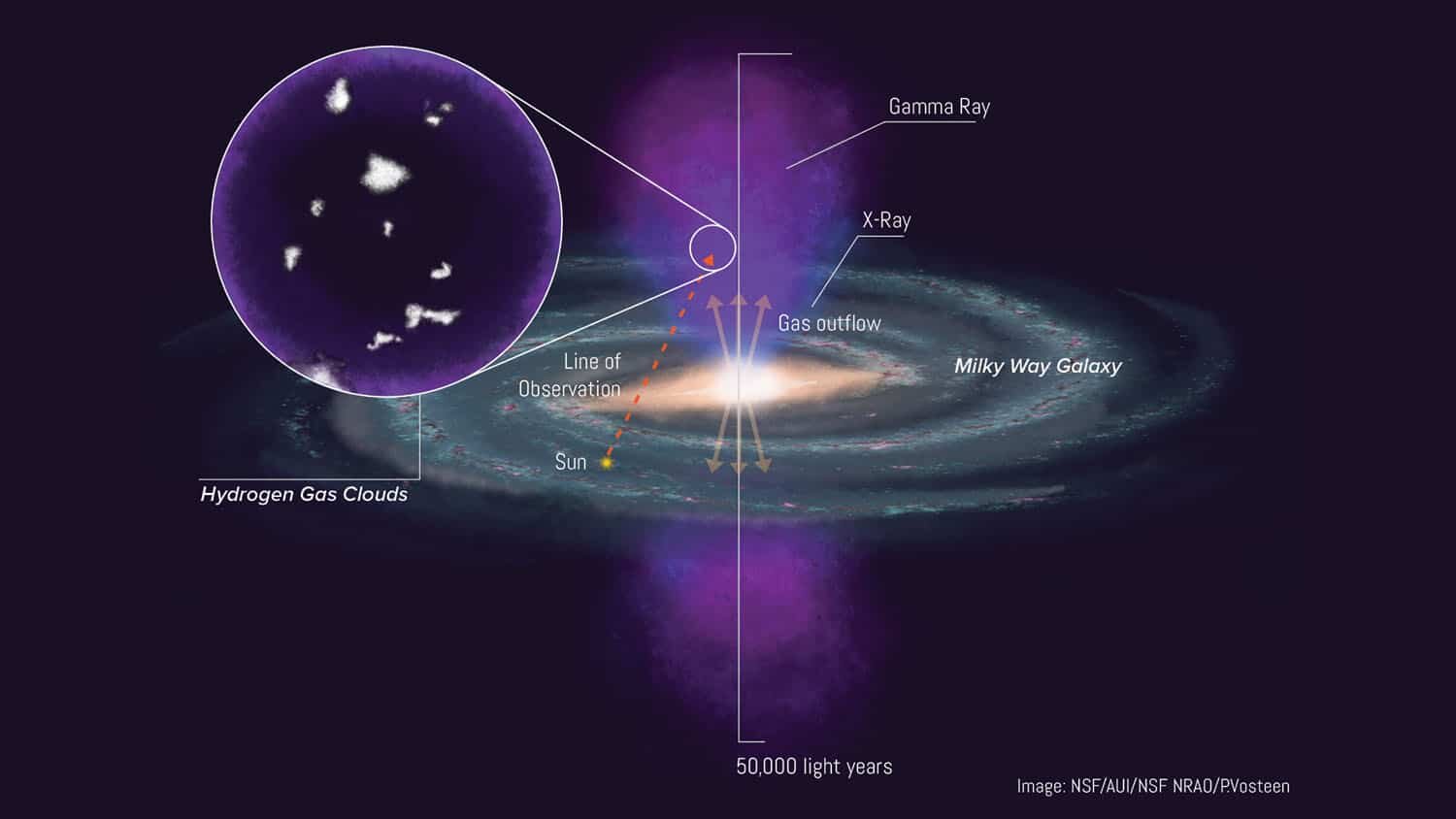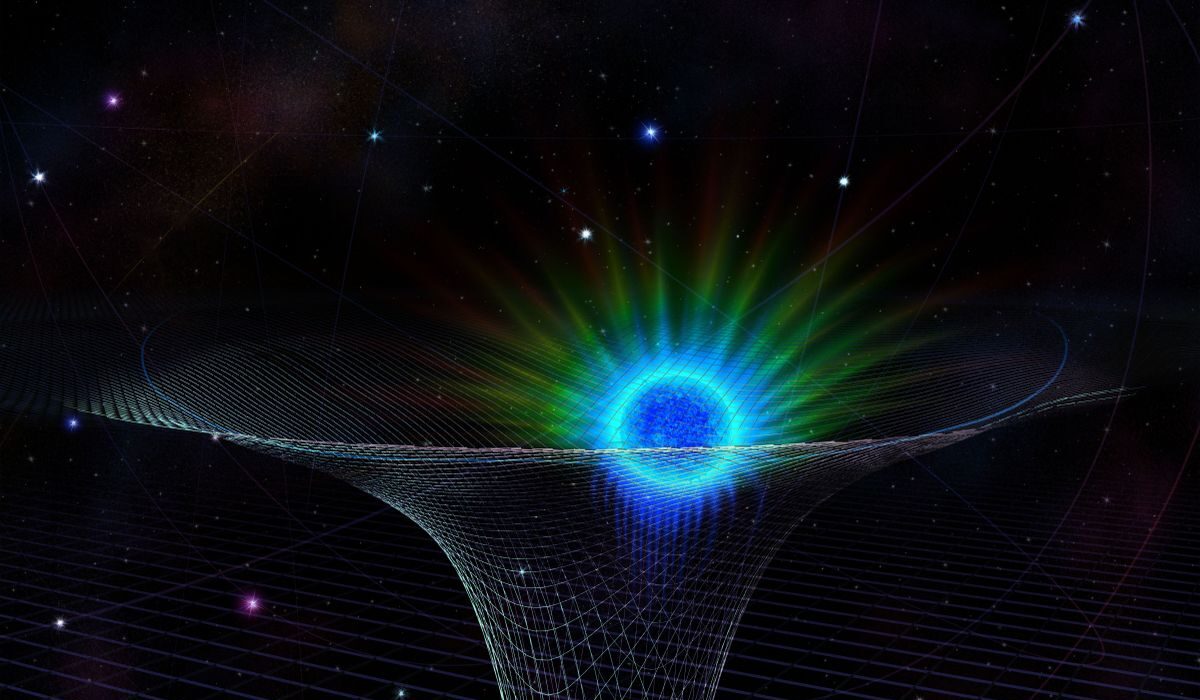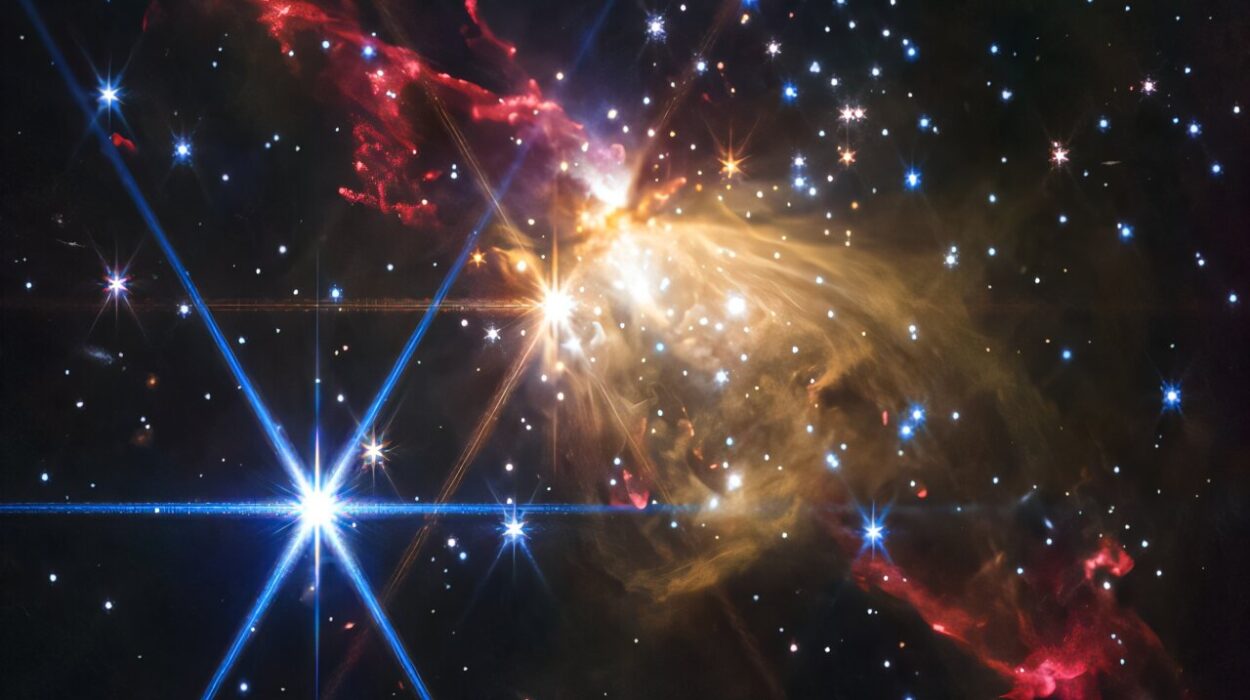For the first time in history, astronomers have made a significant breakthrough in understanding planet formation by successfully observing the magnetic field around a young star, where planets are thought to be emerging. This achievement was made possible by a team of researchers who used the dust in the protoplanetary disk surrounding the star to map its three-dimensional magnetic field structure, akin to detecting a magnetic fingerprint. This innovative method is expected to shed light on one of the most fundamental processes in astrophysics: the formation of planets.
The Importance of Magnetic Fields in Planet Formation
Planet formation occurs in vast, turbulent disks of gas and dust that surround young stars, known as protoplanetary disks. These disks are the birthplaces of new planetary systems, where gas and dust particles come together and gradually form solid bodies. Initially, the process begins when dust grains collide and stick together, growing into larger objects over time. However, these grains are not simply passive particles; they are influenced by a variety of forces, one of the most important being magnetism.
Magnetic fields play a crucial role in the dynamics of these disks. They can affect the movement of dust and gas, influencing the rate at which particles collide and stick together, thus impacting the overall process of planet formation. However, for years, astronomers faced a major challenge: measuring the magnetic fields in these protoplanetary disks, which are located far from Earth and often too faint to directly observe with traditional methods. This lack of data on the magnetic fields has left a significant gap in our understanding of how planets form around young stars.
The Groundbreaking Discovery
The study, led by Satoshi Ohashi of the National Astronomical Observatory of Japan (NAOJ), marks a pivotal step forward in this field. The research team used the powerful Atacama Large Millimeter/submillimeter Array (ALMA) to study the protoplanetary disk around the young star HD 142527, located 512 light-years away in the Lupus constellation. This star was chosen because of its proximity and well-understood characteristics, making it an ideal candidate for studying planetary formation.
The team used a technique that involved examining the way dust grains in the disk interact with the magnetic field. Just as iron filings align with the magnetic field around a magnet, the dust particles in the protoplanetary disk align with the magnetic field lines in the same way. By studying this alignment, the team was able to create a detailed, three-dimensional map of the magnetic field around HD 142527, offering unprecedented insight into the magnetic environment of a young star system.
How Dust Reveals the Magnetic Field
In the study, the dust grains were the key to unlocking the magnetic field structure. These grains, which are a mix of microscopic particles and larger dust aggregates, are sensitive to the presence of magnetic fields. When dust grains align with the magnetic field, they essentially “fingerprint” the magnetic lines that shape their environment. By observing the patterns in the dust’s distribution, the researchers were able to infer the three-dimensional structure of the magnetic field, a technique never before used to such an extent in this context.
This method of mapping the magnetic field is comparable to the way iron filings reveal the invisible magnetic lines around a bar magnet. The dust in the disk acts as a tracer, allowing astronomers to “see” the invisible forces at play. The discovery that these dust particles align with the magnetic field lines was a key moment in the research, as it confirmed that the magnetic field plays a much more direct and observable role in the dynamics of the disk than previously thought.
The team’s findings suggest that the magnetic field might be creating strong turbulence within the protoplanetary disk. This turbulence could have profound effects on the way dust particles move and collide, thereby influencing the formation of planets. Understanding these interactions could ultimately lead to a more accurate model of planet formation, as scientists begin to grasp the full scope of forces acting on the dust and gas in these disks.
Implications for Planet Formation Theory
This groundbreaking discovery has the potential to significantly advance our understanding of how planets form around young stars. Magnetic fields have long been considered important in astrophysical models of planet formation, but direct measurements were lacking. Now that astronomers have established a reliable method for observing the magnetic field in protoplanetary disks, the next step is to apply this technique to other young star systems.
The magnetic field’s influence on the turbulence within the protoplanetary disk could offer new insights into the rate at which planets are able to form. Turbulence in these disks is believed to play a role in the way dust and gas clump together, potentially speeding up or hindering the formation of planets. By studying the magnetic conditions within these disks, scientists hope to gain a clearer picture of how magnetic forces contribute to the overall planet formation process.
Next Steps for Researchers
The research team, after proving that their method of mapping magnetic fields through dust alignment works, now intends to extend their observations to other protoplanetary disks around different young stars. By applying this method to additional star systems, astronomers hope to refine their understanding of how magnetic fields evolve in these environments and how they influence the formation of planets. There is also a specific interest in studying the magnetic field closer to the star, as the magnetic environment near the young star might differ significantly from that farther out in the disk.
The team’s work is just the beginning of what promises to be an exciting new avenue of research in the study of planet formation. By continuing to explore the role of magnetic fields in protoplanetary disks, astronomers may eventually uncover key details about the conditions that foster the birth of planets. This could also provide a deeper understanding of the processes that lead to the formation of stars, galaxies, and even the complex environments in which life can emerge.
Conclusion
This pioneering study, published in the journal Nature Astronomy, represents a major milestone in our understanding of how planets form around young stars. The ability to observe and measure the magnetic field in a protoplanetary disk offers a powerful new tool for astronomers. As researchers continue to study more stars using this technique, we can expect to see a significant leap in our knowledge of the fundamental processes that shape the universe. The discovery that dust grains align with the magnetic field lines opens up new possibilities for mapping and understanding the complex interactions that drive the formation of planetary systems.
By exploring the magnetic fingerprints of young stars, astronomers are gaining an invaluable glimpse into the cosmic forces that contribute to the creation of planets—a process that, in many ways, is essential to the origins of life itself.
Reference: Satoshi Ohashi et al, Observationally derived magnetic field strength and 3D components in the HD 142527 disk, Nature Astronomy (2025). DOI: 10.1038/s41550-024-02454-x
